موقعك الحالي:صفحة رئيسية>المنتجات
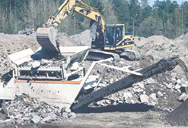
2019-12-12 When the density of the suspension is 31 250 g/m3, the performance of liberation is the best. Two-step magnetic separation was adopted to avoid excessive crushing and to guarantee the quality of products. Concerning both the separation efficiency and grade of products, the optimum rotational speed of the magnetic separator is 50–70 rpm.
Read More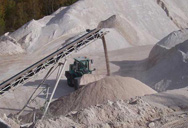
Magnetic separation is used widely in the mineral processing industry to concentrate and recover valuable minerals.
Read More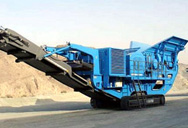
2016-1-25 A new environmentally friendly technology, including oxygen-free roasting and wet magnetic separation, was developed to solve the problems caused by spent Li–ion batteries. Through analysis above, several conclusions can be listed as follows:
Read More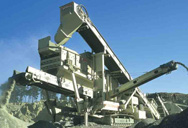
2012-3-6 Concerning both the separation efficiency and grade of products, the optimum rotational speed of the magnetic separator is 50-70 rpm. On the basis of the above studies about the liberating and separating behavior of the materials, a continuous recycling system (the technology of crush-magnetic separation) is developed.
Read More
Then the oxygen-free roasting/wet magnetic separation method was used to transfer the low added value mixed electrode materials to high added value products. The results indicated that, through the serious technologies of oxygen-free roasting and wet magnetic separation, mixture materials consist with LiCoO 2 and graphite powders are transferred to the individual products of cobalt, Lithium Carbonate and
Read More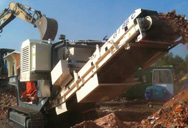
2015-9-28 Separation of nonferrous metals is achieved when a high velocity AC frequency of the magnetic field produces a strong eddy current in nonferrous metals, which in turn generates a magnetic fi eld having repulsive action against the external magnetic fi eld. This system employs an eccentric pole system to completely separate
Read More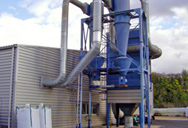
2020-6-24 Eco-friendly magnetic activated carbon nano-hybrid for facile oil spills separation
Read More
2021-1-24 This report exhibits the employment of magnetic nanomaterials as an adsorbent for the sequestration of dyes from wastewater using an external magnetic field and indicates that the magnetic separation process worked as a simple, cost-effective method of easy separation compared with traditional dye removal process
Read More
2009-8-26 magnetic separation. Case studies Several case studies are presented that describe the testing and flowsheet development work that enabled proper magnetic separation technology selection and flowsheet configuration. Case Study 1: Dry magnetic separation of ilmenite before electrostatic separation The deposit for Case Study 1 was a typical aeolian
Read More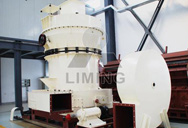
This improvement drastically affected the efficiency and magnetic separation of the material as a catalyst. This new modified nanomagnetic compound was used as a highly efficient and recyclable catalyst for functionalization of indole derivatives via Michael addition and Friedel–Crafts alkylation reactions in entirely environmentally friendly ...
Read More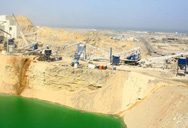
Magnetic separation is an emerging technology using magnetism, sometimes in combination with conventional separation or identification methods, to purify cells, cell organelles and biologically ...
Read More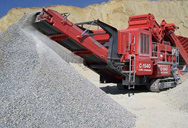
2021-3-30 Recently, magnetic separation techniques based on magnetic nanoparticles application have been used to achieve this goal. The present review describes some aspects related to properties of magnetic nanosystems, functional groups, and examples
Read More
2020-9-30 The removal of iron ion from leaching solution is critical for the recovery of value metals, with the method of choice commonly being crystallization (precipitation). This paper summarized the new improvements in iron removal by precipitation methods in recent years and proposed a novel process, magnetic seeding and separation. The new process can promote iron precipitate aggregation and ...
Read More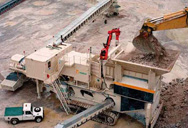
The samples were characterized after sieve analysis. Magnetic separator is used to separate between magnetic and non-magnetic portion of blank sand. XRF and FTIR were used to know the metal content in black sand. Before magnetic separation black sand contain about 43.2 wt% SiO2, Al 2 O 3 with 21.1 wt% and Fe 2 O 3 with 17.2 wt% and 12.0% TiO2.
Read More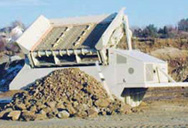
Magnetic separation methods. All materials possess magnetic properties. Substances that have a greater permeability than air are classified as paramagnetic; those with a
Read More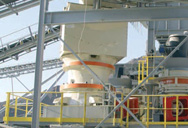
2020-8-6 Magnetic separation of waste based on density can now be taken to a whole new level. As researchers from the Dutch cities of Utrecht and Nijmegen have demonstrated that it is also possible to separate heavier elements this way. Consider, for example, precious metals in a discarded telephone.
Read More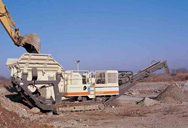
Only one incubation step is required. Direct magnetic labeling requires a minimal number of washing steps and therefore minimizes cell loss. Highly specific cell separation reagents for direct labeling of numerous cell types with MACS MicroBeads are available
Read More
This improvement drastically affected the efficiency and magnetic separation of the material as a catalyst. This new modified nanomagnetic compound was used as a highly efficient and recyclable catalyst for functionalization of indole derivatives via Michael addition and Friedel–Crafts alkylation reactions in entirely environmentally friendly ...
Read More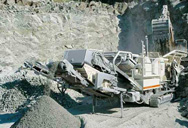
2017-2-22 The development of environmentally friendly sorbents with a high adsorption capacity is an essential problem in the removal of heavy metals from drinking water. In this study, magnetic gelatin was ...
Read More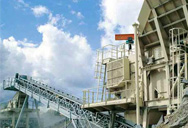
2016-5-1 1 Introduction. Magnetic nanoparticles (MNPs) display a range of interesting properties, such as magnetism, finite‐size effects, and surface effects [].These properties suggest a range of potential applications in fields such as water treatment [], separation [-], magnetic fluids [], catalysis [], biomedicine [], and drug delivery [].In conventional methods for recycling, MNPs are separated ...
Read More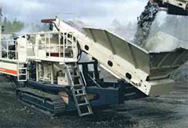
Environmentally-friendly oxygen-free roasting/wet magnetic separation technology for in situ recycling cobalt, lithium carbonate and graphite from spent LiCoO2/graphite lithium batteries.
Read More
2021-3-30 Recently, magnetic separation techniques based on magnetic nanoparticles application have been used to achieve this goal. The present review describes some aspects related to properties of magnetic nanosystems, functional groups, and examples
Read More
2012-3-6 Concerning both the separation efficiency and grade of products, the optimum rotational speed of the magnetic separator is 50-70 rpm. On the basis of the above studies about the liberating and separating behavior of the materials, a continuous recycling system (the technology of crush-magnetic separation) is developed.
Read More
Magnetic separation methods. All materials possess magnetic properties. Substances that have a greater permeability than air are classified as paramagnetic; those with a
Read More
2020-8-6 Magnetic separation of waste based on density can now be taken to a whole new level. As researchers from the Dutch cities of Utrecht and Nijmegen have demonstrated that it is also possible to separate heavier elements this way. Consider, for example, precious metals in a discarded telephone.
Read More
Only one incubation step is required. Direct magnetic labeling requires a minimal number of washing steps and therefore minimizes cell loss. Highly specific cell separation reagents for direct labeling of numerous cell types with MACS MicroBeads are available
Read More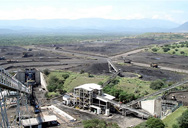
2021-4-20 IMT’s unique VIBRA-SEP magnetic plate design allows operations to easily retrofit a tramp metal separation solution without any modification to the existing conveying system. The VIBRA-SEP is available for all vibratory conveyor widths, with 18″ and 24″ units in stock.
Read More
2019-2-6 Separation in multiple narrow densi,)' classes in one go. The Principle The most important feature of this new concept derives from its ability to accurately separate many different materials in a single process step, using an environmentally friendly and cheap prcM:ess fluid. Because of its intrinsic
Read More
The Ultimate in Filtration Technology. Our patented magnetic filtration or magnetic separation systems are the ultimate in filtration technology, providing key benefits in comparison to traditional filter methods such as paper filters or band filters, cartridge filters, centrifuges and magnetic rollers.
Read More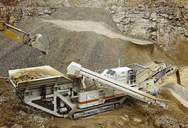
2016-5-1 1 Introduction. Magnetic nanoparticles (MNPs) display a range of interesting properties, such as magnetism, finite‐size effects, and surface effects [].These properties suggest a range of potential applications in fields such as water treatment [], separation [-], magnetic fluids [], catalysis [], biomedicine [], and drug delivery [].In conventional methods for recycling, MNPs are separated ...
Read More

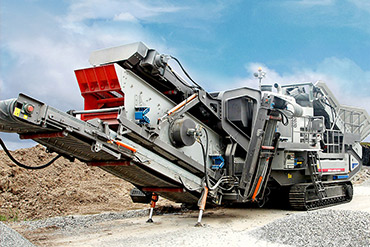
 الصين -تشنغ تشو -المنطقة الوطنية للتنمية الصناعية للتكنولوجيا المتطورة، جادة العلوم رقم 169.
الصين -تشنغ تشو -المنطقة الوطنية للتنمية الصناعية للتكنولوجيا المتطورة، جادة العلوم رقم 169.